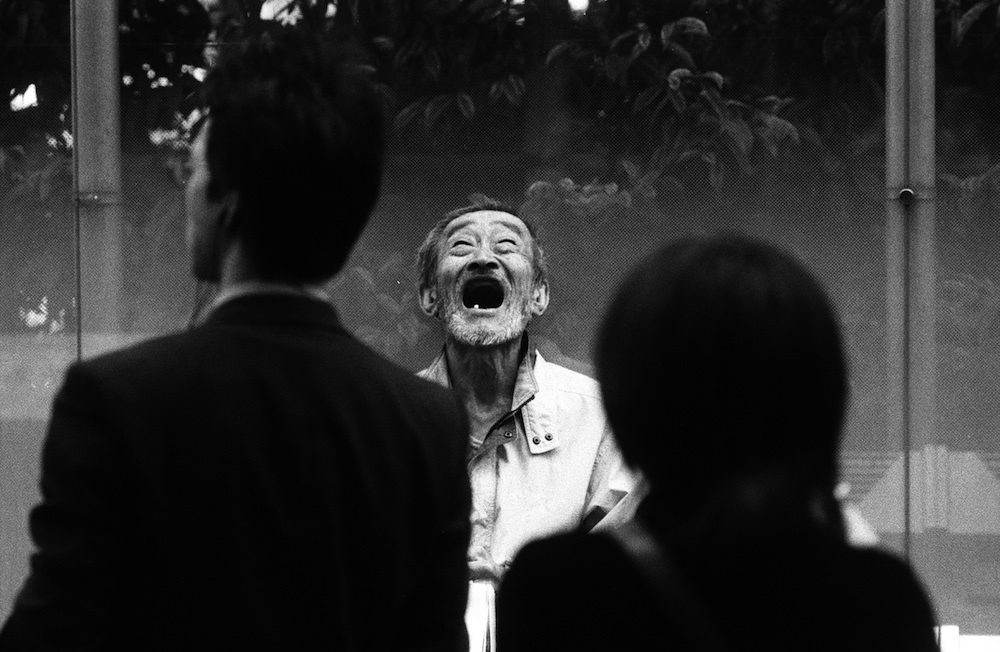Photography has the power to appear both deliberate and accidental, but the way that an image is presented can help to tell a story or offer insight into a bigger picture. The notion of faux pas is particularly interesting, as the idea of a happy accident that improves the content and perception of an image is one that many people can relate too. It can also reveal unknown elements that might otherwise be overlooked. The example ‘Red’ by Boris Michailov demonstrates this in a poignant manner and also highlights how a series of images can provide a wider insight into cultural patterns.
https://www.tate.org.uk/art/artworks/mikhailov-red-t13358


Do it like Boogie
The idea that methodology affects the way that imagery is received is powerful, as it really highlights how certain methods can create a visual rhetoric that can appear to be taken for granted. Processes, techniques and post production all affect the way that an image or body of work is perceived, which in turn aids the image makers concept or ideology. Boogie’s work does this in a way that makes his work appear candid or accidental, but in reality there is thought behind the methodologies used. In Particular the use of psycho-geography, that explores the urban environment and the mental state of those within it, is particularly interesting, as the notion can be seen to influence artists, image-makers and creatives alike.


Get Psyched Out
‘Curiosity’ by Henry Eliot, features an excellent spread to inspire readers to get in touch with their surroundings, demonstrating the positive effects of psycho-geography on the mind and soul.
Home

Take a Moment

This snapshot is a sample from an exhibition called Take A Moment, by Ray Burmiston (Ray Burmiston, 2020, Take A Moment, United Kingdom, https://takeamoment.uk/. The images have been collated for the charity Mind and the exhibition is made from a series of outtakes collected from shoots over the years. The collection is designed to encourage people to take a minute to pause and reflect, which is quite relevant during today’s times. I think that this demonstrates nicely how a new body of work can be created from existing imagery that originally would have been used to tell different stories.
The Line
In my own image ‘The Line’, the unknowing subject turned around to look directly at me. It was almost like I’d been caught in the act, but I think that it makes the image much more engaging, as it acknowledges a specific moment in time and questions both the viewer and photographer.
Unlike Take a Moment, where the subjects have their eyes closed, disconnected from the audience, in my own work, I often enjoy the moment that the subject looks directly at the camera. As Diane Arbus felt (Sontag 2008:12):
“I felt a mixture of shame and awe… I always thought of photography as a naughty thing to do – that was one of my favourite things about it, and when I first did it, I felt very perverse.”

Methods used within my own work are usually devised to present ordinary content in a manner that intrigues the viewer. This is both in the form of choosing content to shoot; often environments that are culturally different to one’s own, colourful and engaging. The way that content is shot draws the viewer in, through the use of framing and punchy shots of colour and sometimes typography. A certain sense of busy-ness is used to portray energy and draw the viewer into a scene. These methods are used reflect the concept that the viewer is part of a wider world that is different to their own.
It is quite interesting how colour can change the meaning of an image, whether this is political or cultural, so I would like to take note of this more in the future when I am photographing content.
